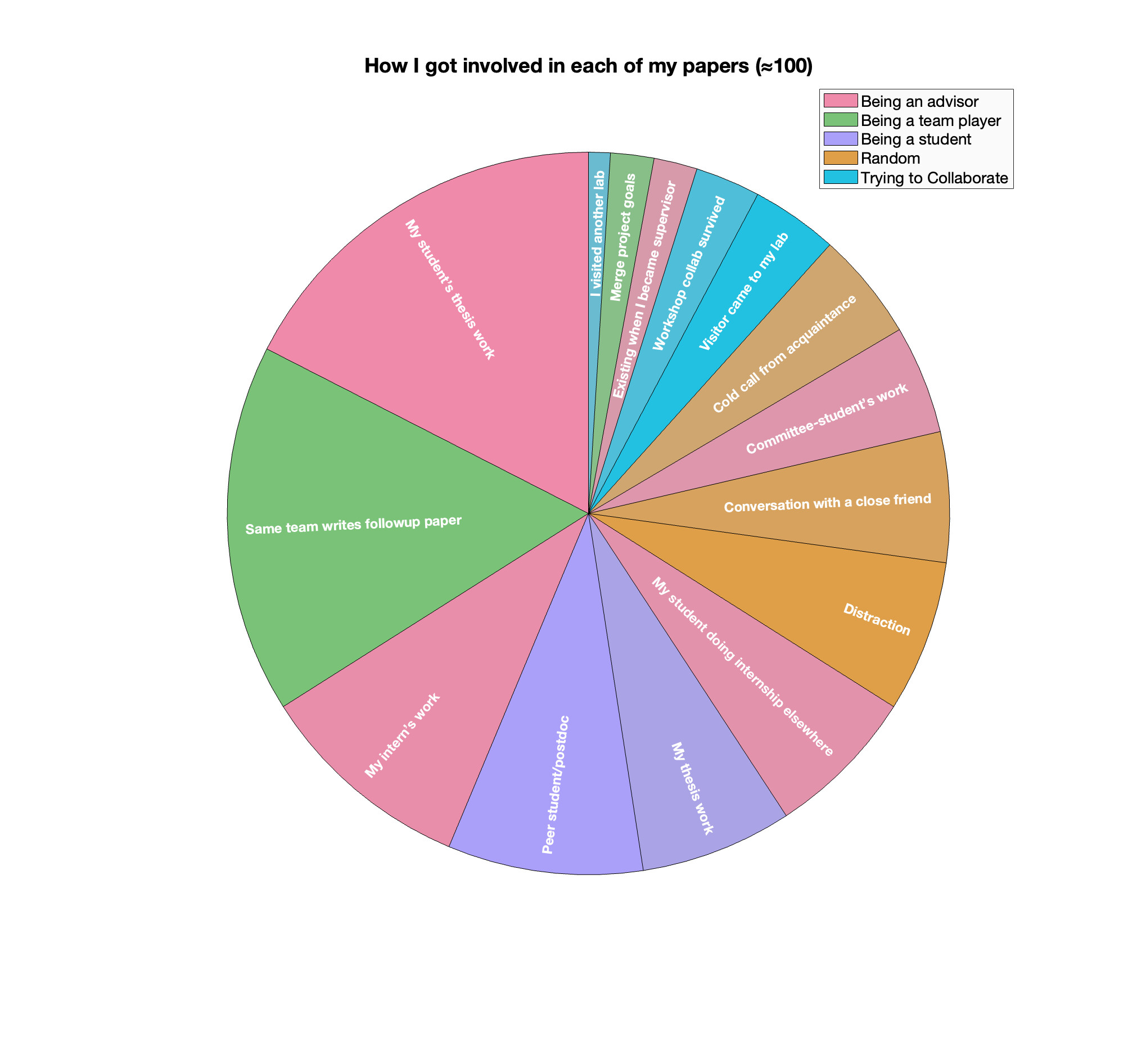
Recently, a community of researchers interested in a specific subtopic I belong to started considering whether to organize an open-invite "paper-generation" workshop. What I mean by this is a workshop in the strong sense of "workshop", where the explicit goal is to share and brainstorm ideas, find collaborators, and start working on these ideas in the hopes of continuing the work into published papers.
This is a very different sense of workshop than, say, a NeurIPS workshop which is more like a mini-conference on a specialized topic: complete with a papers/posters track and keynote speakers. That type of workshop might very well be a great place to network and meet future collaborators, but forming collaborations is not explicitly structured into the workshop's program.
A paper-generation workshop is also a bit different from most Dagstuhl, Oberwolfach, BIRS workshops that I've been to, which have been primarily presentation driven, with much longer open-ended discussion sessions than a conference (and also invite-only). Their getaway-style format is great for really geeking out on details or research philosophies without distractions. Besides casual collaboration formation, most I've attended have at most formalized the problem generation part of new research into their programs by scheduling "top 10 open problems in our field" sessions.
Paul Kry's Bellairs Computer Animation workshop (also invite-only) has been structured as a paper-generation workshop for the last few years. On the first days, people pitch projects and vote on which of them they are interested to work on. The remaining days are little like a research hackathon. Small teams with permeable boundaries chip away at refining the problems or initial results. Some of these collaborations continue beyond the workshop, usually resulting in long-distance collaboration teams meeting on Zoom etc. And some of these continued collaborations eventually result in publications.
A few of Paul's workshops I've attended have indeed resulted in publications I've co-authored. I went to see just how many in hopes of finding evidence whether organizing paper-generation workshops are indeed productive. This wasn't a great way to answer that question. It would be better posed to someone like Paul: how many publications are generated by his workshop each year? (I don't know the answer, but I'm pretty sure it's >1).
Instead, I ended up getting distracted and gathered some statistics on a related question: how did I get involved in each of my papers?
I have about 100 publications now. I went through each of them and forced myself to put it into a single category of how I got involved.
In particular, I considered categories:
I clustered these categories according to whether they corresponded to being an "advisor" (who has students/interns), a "team-player" (who keeps working with the same groups), a "student" (this portion diminishes relatively with time), "random" and "trying to collaborate" and colored the wedges of the following pie-chart accordingly.

Forcing just a single category probably missed a lot of the interesting overlaps that could have made this messier but more accurate. Nevertheless, I find it interesting that so many publications are followups with the same team. Probably these should be backtraced to initial involvement categories. I was also a bit surprised that the "random" category was as big. It's not surprising that students drive publication.
As for paper-generation workshops, it seems those are a small but non-negligible slice.
One clear conclusion is that the way I got involved 100+ publications relies tremendously on collaboration and other people. This is of course obvious also by looking at coauthor lists, but it's perhaps interesting to see how someone gets onto each those lists.